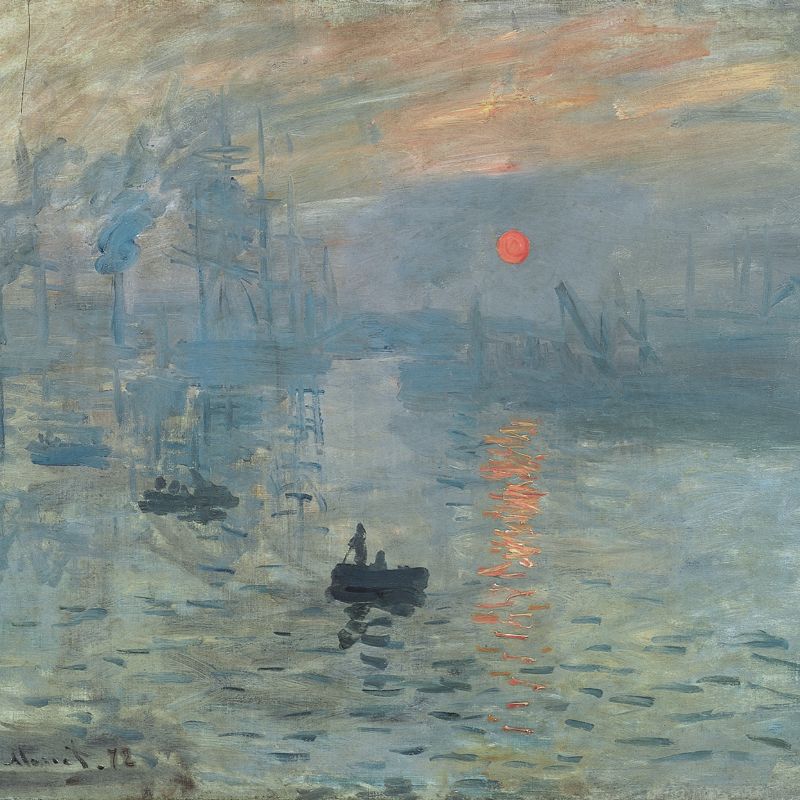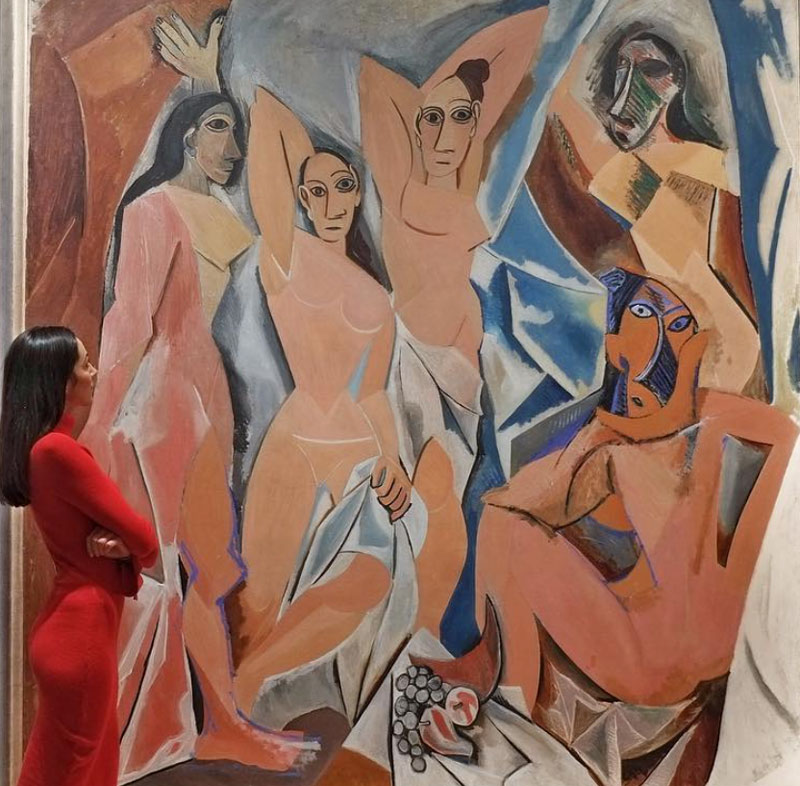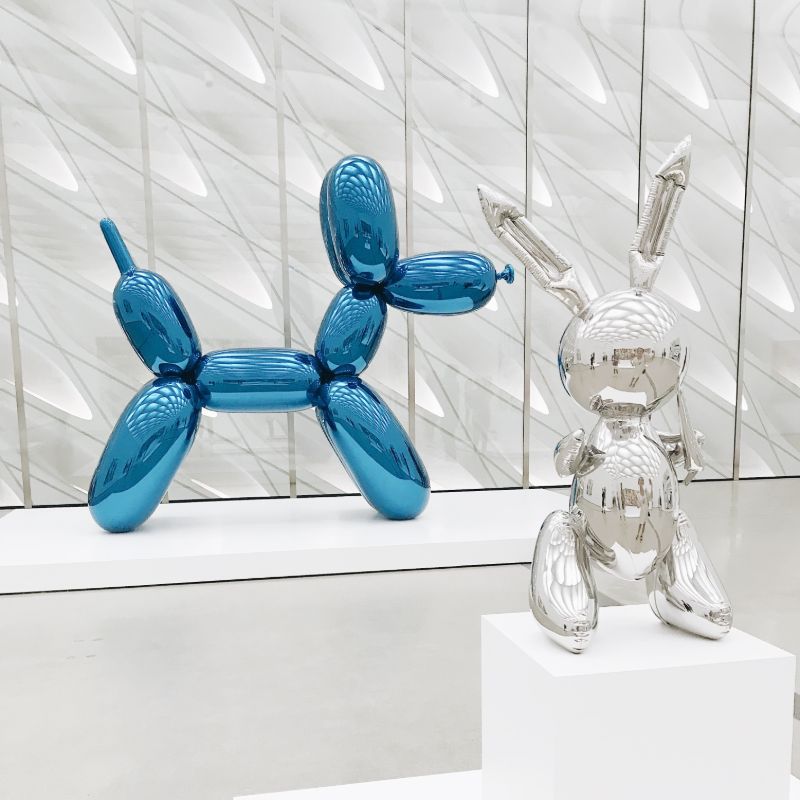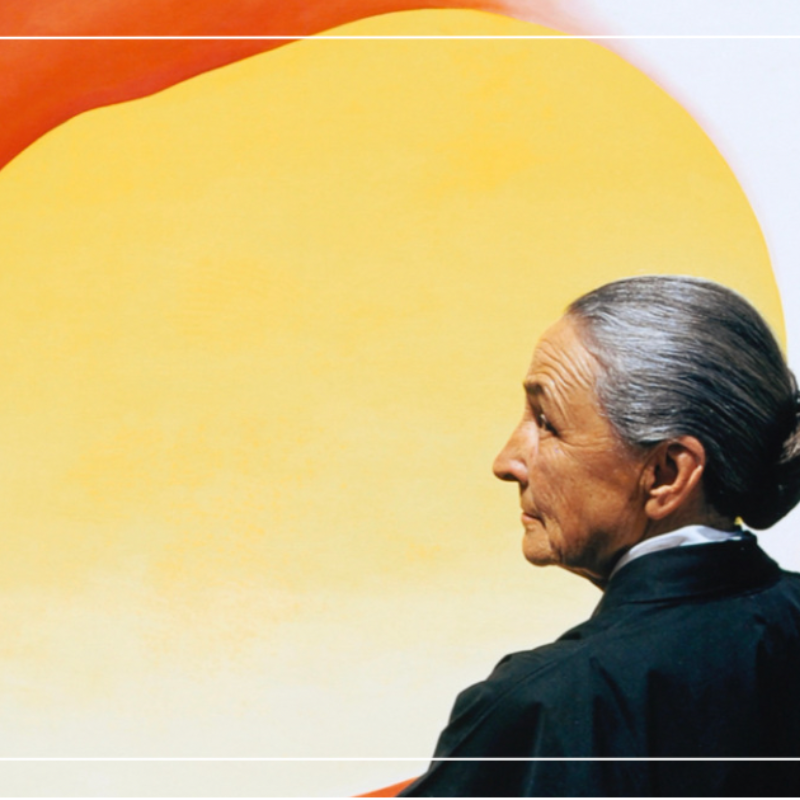A series of Art History Lectures headed by Dr. Michaela Watrelot exploring the highlights of different art movements, the most influential artists and their masterpieces. These lectures will provide a foundation in the knowledge of art history from the 19th Century to the present day.
You will deepen your interest and appreciation of art and learn how to confidently recognize and discuss different artistic styles, epochs and eras.







